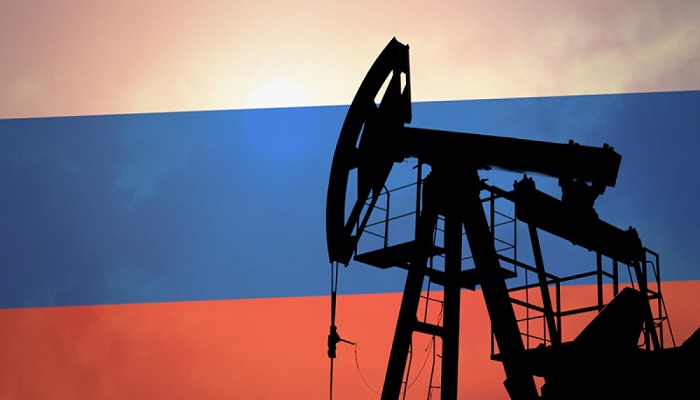Russia is on the verge of completely overhauling the tax rules so as to offset the drop in revenues from the oil companies that have been hit by price caps as well as international sanctions, with changes that are expected to come into force on April 1.
Apparently, the Russian oil producers have been coerced into offering big discounts on exports, but it seems that the discounts have hurt the government more than the bottom lines of the companies. The changes are going to allow the authorities to set up the two largest direct taxes—the oil export tax and the oil production tax, without linking their rates to the Ural blend, Russia’s main crude blend when it comes to exports.
It is well to be noted that Russia’s tax regulations provide excess profits to the government from the producers when the Ural blend happens to be higher, but at the same time quickly reduce the burden of the tax when the cost dips to $50 a barrel.
The tax rate, which happens to be adjusted at the beginning of every month, is patterned to leave the oil producers enough funds so as to cover the cost of production and also get into some explorations too.
Interestingly, on February 1, the Russian authorities went on to lower the tax on exports by 23%, which came to around $1.75 per barrel. Apparently, the producers were subject to an oil export tax of $8.30 per barrel in the same period last year, as per the Russian Finance Ministry. The Urals price range on average for January 2023 ended at $50 below per barrel against an average of $70 per barrel, a figure that was used to calculate the expected budget revenues for 2023.
As per the ministry, the tax payments from Russia’s oil and gas sector dipped by 46% to an amount of 426 billion rubles, or $6.1 billion, in January 2023 as compared to the same period last year. This was due to a large export market discount that took place on Russian oil. The ministry went on to say that the steep dip in Russia’s gas exports across Europe also contributed to the fall in budget revenues.
The fact is that one of the oil and gas companies’ exports to Europe are taxed at 30% but were estimated at just 25% of the levels prior to the war on routes through Ukraine and Turkey.
Russia’s LNG exports to Europe from another oil producer happen to be exempt from the export tax. That said, the authorities have already disregarded a 34% corporate income tax on the operator right from January 1, compared to a mandatory rate of 20% when it comes to other businesses. One of the senior US Treasury officials who was responding to the decline in Russian oil and gas revenues said that the western price caps were intended to slash revenues that could be used by Russia in its fight against Ukraine and not to break the Russian economy. The decline in revenue has not prevented Russia from issuing more than 1.3 trillion rubles when it comes to new state contracts, which is five times more than what was spent last year in January.
As per the industry analysts, the flow of Russia’s discounted hydrocarbons to Asia shall remain robust, and there are efforts being implemented in order to build a shadow fleet pertaining to old marine tankers to take care of the shipments. According to an estimation done by the US Energy Information Administration, the oil production in Russia will average 9.9 million bpd this year, which is roughly going to be in line with the January output hovering between 9.8 and 9.9 million barrels per day. It is also predicted by the agency that Russia’s oil production will fall in the next few months due to the effect of the EU ban on seaborne petroleum products.



















































